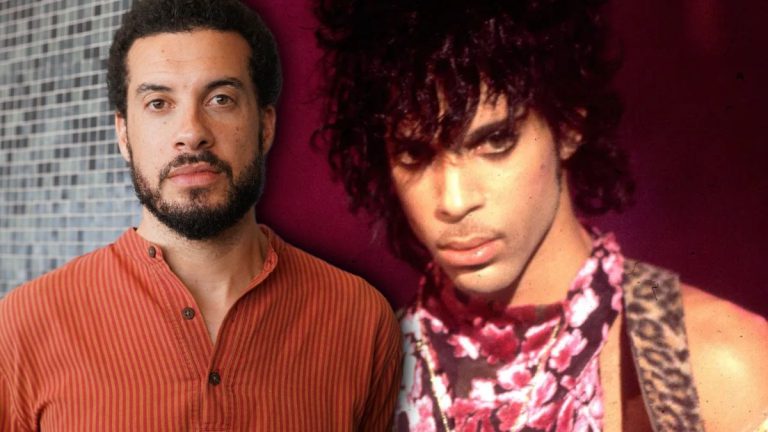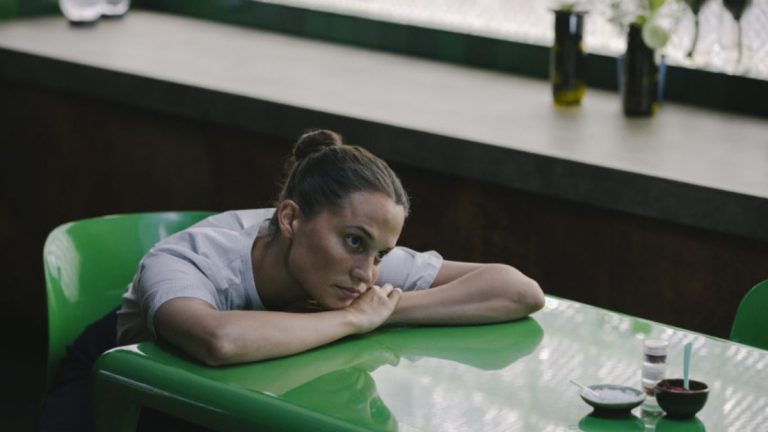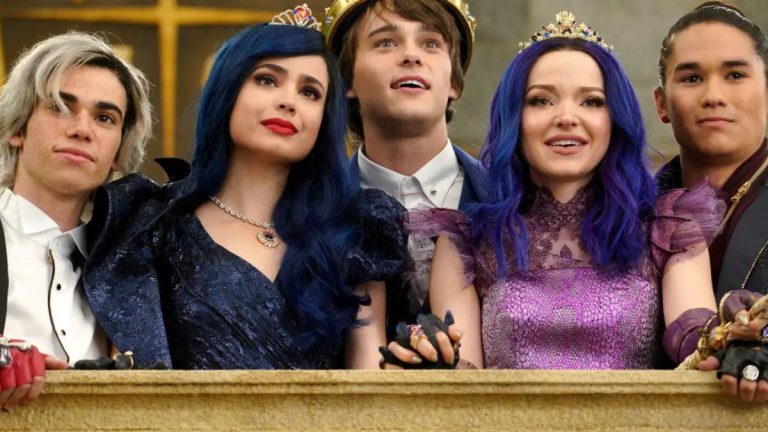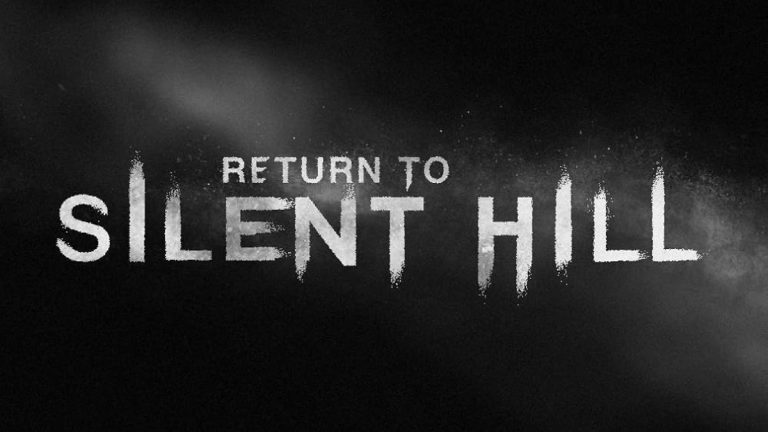How To Write About Characters In Film Research Papers

Character analysis is a pivotal element within the realm of film research papers. The significance of delving into the intricacies of characters on the silver screen cannot be overstated. Characters are the lifeblood of storytelling in cinema, and understanding their evolution, motivations, and relationships is crucial for comprehending the deeper layers of a film’s narrative. This article aims to guide aspiring film researchers on the art of character analysis. When writing a film research paper about characters, it’s crucial to maintain academic rigor and precision, and one valuable resource for guidance in this endeavor is the Academized research paper writing service, which can assist you in developing a comprehensive and well-structured analysis of cinematic personas. Whether you’re a student preparing a research paper or a cinephile seeking to explore the intricacies of your favorite films, this article is designed to provide a roadmap for dissecting and discussing characters effectively in your work.
Character Analysis
Character analysis, at its core, is the process of dissecting and comprehending the personas within a film. It involves exploring the multifaceted aspects of each character, including their personalities, motivations, growth, and the impact they have on the overall narrative. Character analysis goes beyond the surface to uncover the underlying complexities that make characters relatable, memorable, and integral to the storytelling process.
Characters are the vehicles through which a film’s story is conveyed to the audience. They serve as conduits for emotions, perspectives, and experiences, allowing viewers to connect with the narrative on a personal level. Well-developed characters bring depth and authenticity to the story, evoking empathy, sympathy, or even antipathy from the audience. The interactions and conflicts among characters create the drama and tension that propel the plot forward, making them indispensable to the art of storytelling in film.
Character development is the journey a character undergoes throughout a film. It’s the transformation, growth, or regression that shapes their arc and contributes to the overarching themes of the narrative. The quality of character development can be the difference between a superficial story and a profound cinematic experience. Examining the evolution of characters allows researchers to gain insight into a film’s deeper meanings and intentions.
Selecting Your Film
Selecting the right film for your character analysis is the first critical step. Your choice should align with the goals of your research and your personal interests. Consider the themes and characters you find compelling, as this will motivate you to dive deep into the analysis. Additionally, choosing a film with available resources and scholarly material can make your research more robust and well-supported. When exploring the intricacies of character analysis in film research papers, it’s essential to draw from reputable sources of guidance and expertise, and an insightful Academized review can provide valuable insights into effective techniques for delving into the cinematic personas that drive the heart of a narrative.
Before delving into character analysis, it’s essential to understand the genre and context of the film. Different genres may prioritize different aspects of character development. For example, in a romantic comedy, character relationships and chemistry may be of paramount importance, while in a psychological thriller, the character’s inner psyche and motivations take center stage. Moreover, considering the cultural and historical context of the film can offer valuable insights into character choices and the director’s intentions.
Each film presents unique challenges and opportunities for character analysis. Some films are known for their complex and enigmatic characters, while others may focus on archetypal or symbolic figures. Your film choice will significantly impact the depth and breadth of your character analysis. It’s important to assess why a particular film is relevant for your research and how its characters contribute to the broader cinematic discourse.
Analyzing Character Development
In any character analysis, it’s imperative to identify the protagonist and antagonist, as they often serve as the primary driving forces of the narrative. The protagonist is the character around whom the story revolves, and their journey is usually at the core of the film’s plot. Conversely, the antagonist is the character or force that opposes the protagonist, creating conflict and tension. Understanding these roles is crucial in unraveling the character dynamics within a film and discerning their impact on the overarching storyline.
Character development is intrinsically tied to character arcs. A character arc represents the transformation or evolution a character undergoes during the course of a film. This progression can manifest as a shift in beliefs, values, or behavior. By closely examining character arcs, researchers can unearth the pivotal moments and experiences that drive these changes, shedding light on the character’s development and the thematic depth of the film.
One of the hallmarks of well-crafted characters is their complexity and depth. Assessing character complexity involves exploring the nuances, contradictions, and hidden facets that make a character feel authentic and relatable. These can include internal conflicts, moral dilemmas, or unresolved issues from the character’s past. Character depth, on the other hand, delves into the layers of a character’s personality and motivations, helping researchers discern what makes a character truly three-dimensional and compelling.
Character archetypes are recurring patterns or universal symbols that often represent specific traits, roles, or themes. Recognizing character archetypes within a film can provide valuable insights into a character’s symbolic significance and the director’s use of familiar tropes. Archetypes such as the hero, the mentor, or the trickster can be found in various forms across different films and cultures, and understanding their presence can enrich your analysis of character dynamics.
Writing the Character Description
The introduction of a character in your research paper should serve as a compelling entry point into your analysis. It’s here that you provide context for the character, including their name, their role within the film, and their significance to the narrative. This initial introduction should captivate the reader’s interest and give them a clear sense of the character’s importance in the story.
To understand a character fully, it’s essential to offer a concise character biography. This includes background information about their past, experiences, and any key events that have shaped them. This biography should offer a foundation for your analysis, allowing readers to appreciate the character’s journey and development within the film.
In your character description, it’s crucial to delve into the character’s physical appearance, personality traits, and behavioral quirks. These details help readers form a mental image of the character and connect with their persona. Be sure to consider how these elements contribute to the character’s role and the broader themes of the film.
The character’s role within the plot is a key component of character analysis. This involves analyzing their impact on the storyline, their interactions with other characters, and how their choices and actions drive the narrative forward. Discussing the character’s role within the plot provides context for their development and allows for a deeper understanding of their significance in the film.
Character Relationships
Character relationships are a fundamental aspect of character analysis. Characters don’t exist in isolation; they interact with one another, creating a web of connections and conflicts. Analyzing these interactions provides insight into the character’s motivations, desires, and the evolving dynamics within the film.
Character relationships play a pivotal role in shaping a character’s development. Interactions with other characters can influence their choices, beliefs, and personal growth. By dissecting the impact of these relationships, you can uncover the nuances of a character’s journey and how they are influenced by those around them.
Character dynamics encompass the power struggles, alliances, and emotional connections between characters. These dynamics can significantly impact the narrative and thematic depth of a film. Discussing character dynamics involves exploring how characters collaborate, clash, or evolve together, shedding light on the intricacies of their roles within the story.
Symbolism and Motifs
In the world of film analysis, symbolism and motifs are like hidden treasures waiting to be discovered. These elements often transcend verbal communication, relying on visual cues, recurring imagery, and subtle hints. When it comes to characters, symbols and motifs can be inextricably linked to their persona. These symbols might be objects they carry, colors they are associated with, or recurring visual motifs in scenes involving the character. Identifying these symbolic elements is akin to deciphering the character’s deeper layers and the filmmaker’s intentions.
The presence of symbols and motifs in a film serves as a window into the character’s inner world and their journey. For example, a character consistently shown with a particular object or color may signify their desires, fears, or personal growth. Analyzing these elements can unravel the character’s emotional landscape and how they evolve throughout the narrative. Moreover, symbols and motifs are not just superficial ornamentation; they are integral to the storytelling, adding layers of meaning and nuance that enrich the viewer’s experience.
Characters themselves can often be symbols or carriers of overarching themes within a film. A character may embody ideals, beliefs, or conflicts that resonate with the central message of the story. Discussing the symbolic significance of characters involves understanding how they serve as conduits for deeper themes. The character’s actions, struggles, and transformations can reflect broader societal, cultural, or philosophical issues explored in the film. This layer of analysis can illuminate the film’s depth and the multidimensional role of characters in conveying its message.
Character in the Context of Theme
Characters are not isolated entities in a film; they are intricately woven into the fabric of its themes. To effectively analyze characters, it is essential to relate them to the overarching themes of the film. Whether the film explores themes of love, power, identity, or redemption, characters often represent facets of these themes. Relating the character to the themes involves understanding how their journey and choices align with the broader ideas the film aims to convey.
Character journeys are, in essence, microcosms of the film’s larger message. The decisions a character makes, the obstacles they overcome, and the changes they undergo can shed light on the film’s moral or philosophical standpoint. It’s crucial to discuss how the character’s journey is a vehicle for communicating these messages. Does the character’s transformation align with or challenge the film’s themes? Does it offer insight into the human condition or society at large? These are the questions that character analysis can help answer.
Beyond serving as thematic representatives, characters also play pivotal roles in advancing the narrative. They are instrumental in driving the plot forward, creating conflict, and engaging the audience’s emotions. Exploring the character’s significance in the narrative involves dissecting their impact on the story’s pacing, tension, and structure. How does the character’s presence or absence influence the plot’s progression? By understanding their narrative importance, one can truly grasp the character’s role in the broader context of the film.
Incorporating Cinematic Techniques
Cinematic techniques are the tools at a filmmaker’s disposal to visually and aurally communicate character traits and emotions. Cinematography, through choices in framing, angles, and movement, can emphasize a character’s power, vulnerability, or isolation. Lighting can set the mood and highlight particular features, contributing to the character’s visual portrayal. Sound, including music and dialogue, can evoke specific emotions and provide insight into a character’s inner world. Discussing how these techniques influence character portrayal is a fundamental aspect of character analysis.
The use of close-ups, framing, and camera angles is a form of visual storytelling that can profoundly impact how a character is perceived. Close-ups allow the audience to intimately engage with a character’s emotions and reactions, while framing can contextualize them within their surroundings, emphasizing their role in the story. Camera angles, such as low-angle shots to depict a character as powerful or high-angle shots to render them vulnerable, are critical in conveying character dynamics. Analyzing these choices provides valuable insights into the character’s portrayal and how they fit into the film’s visual narrative.
In film, character development is not solely reliant on spoken words. Non-verbal communication, encompassing facial expressions, body language, and gestures, plays a significant role in revealing a character’s thoughts and emotions. Dialogue, on the other hand, provides direct insight into a character’s personality, beliefs, and relationships. Analyzing the interplay between verbal and non-verbal communication is essential for understanding the character’s multifaceted nature and their impact on the overall narrative. This examination allows you to delve into the subtleties that breathe life into characters on the silver screen.
MORE FROM VOICE FILM






